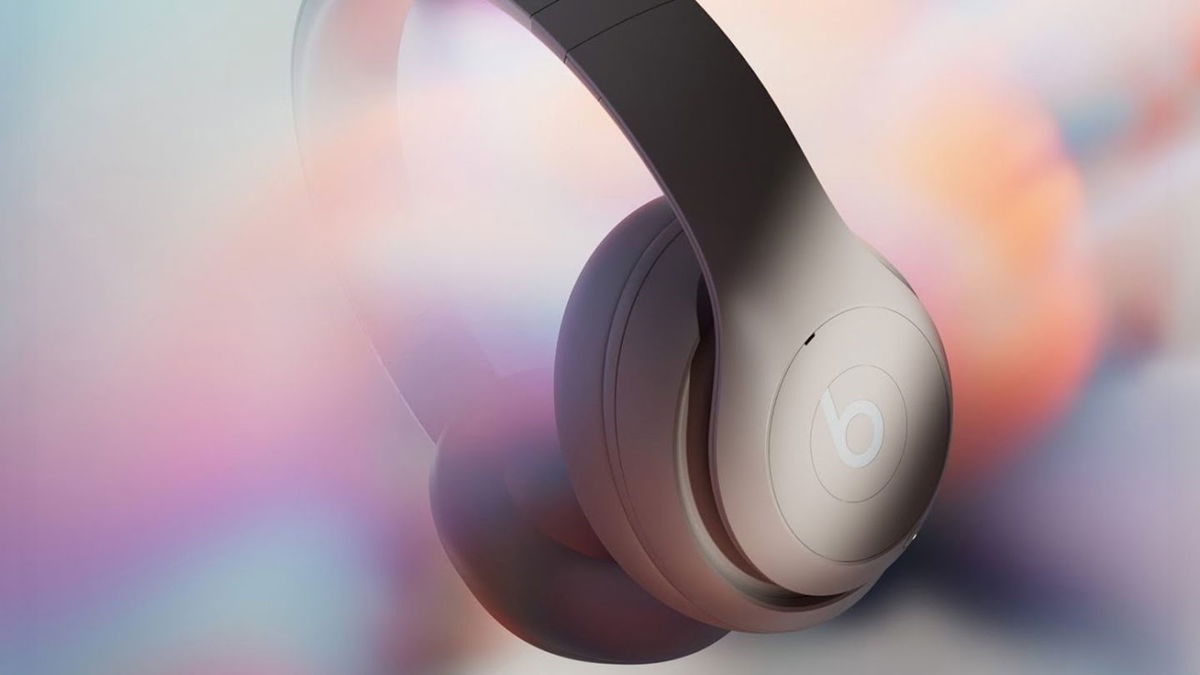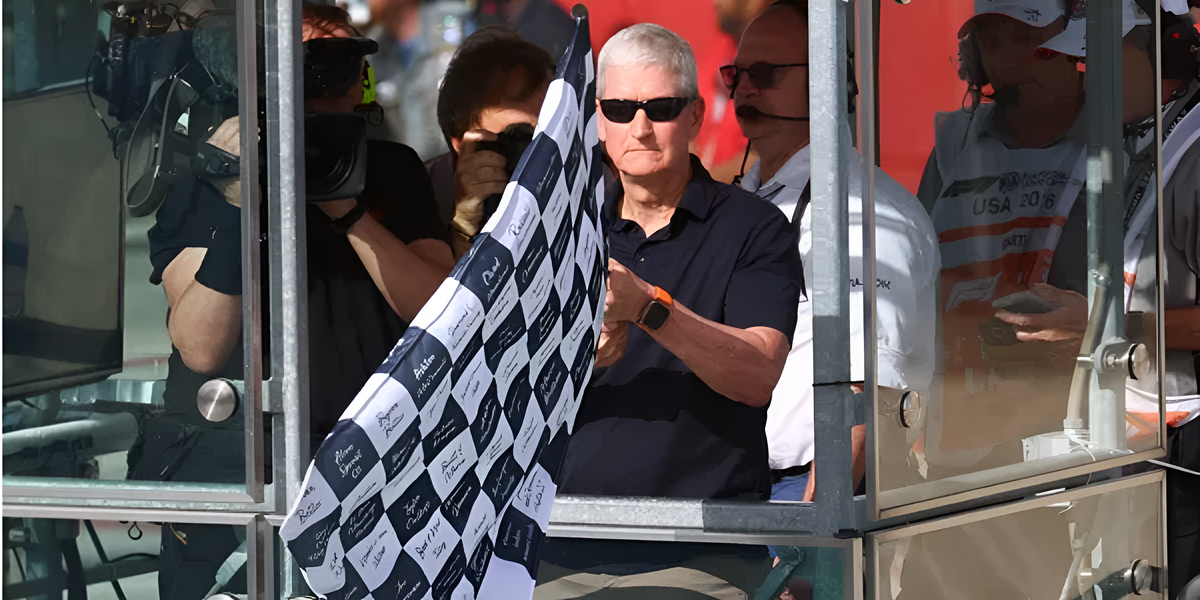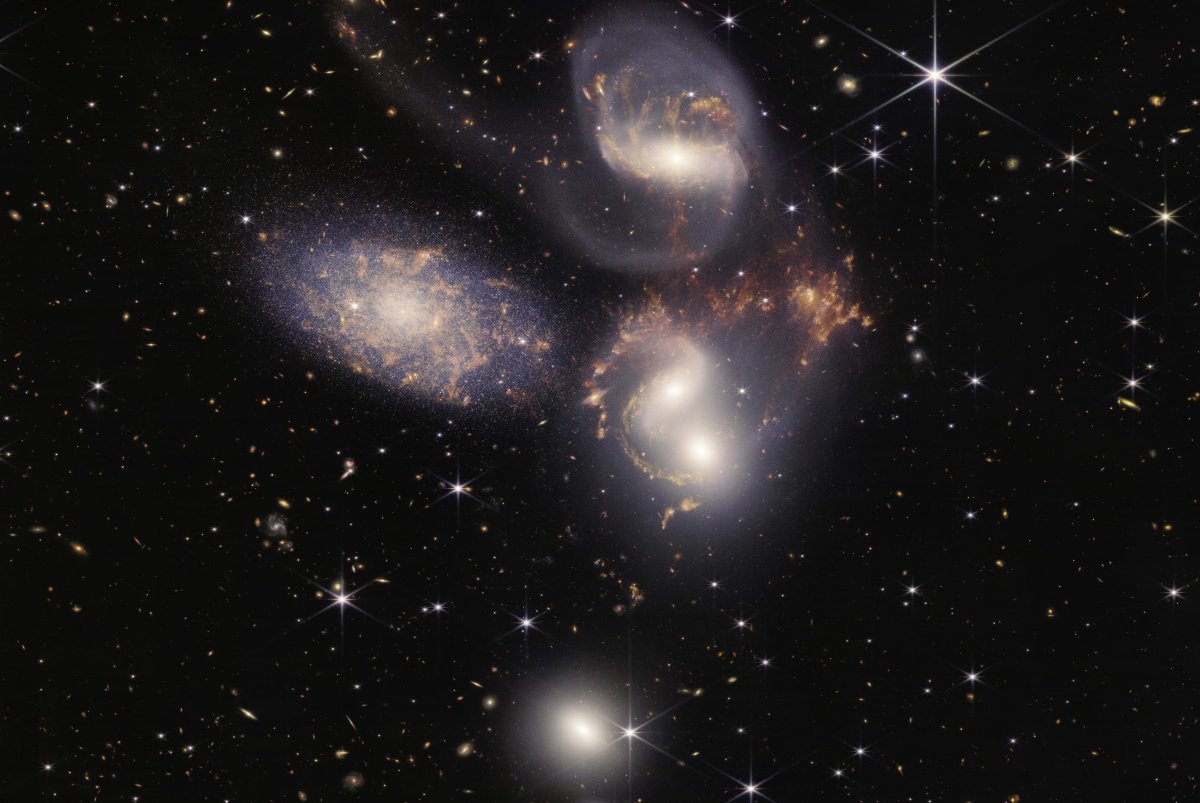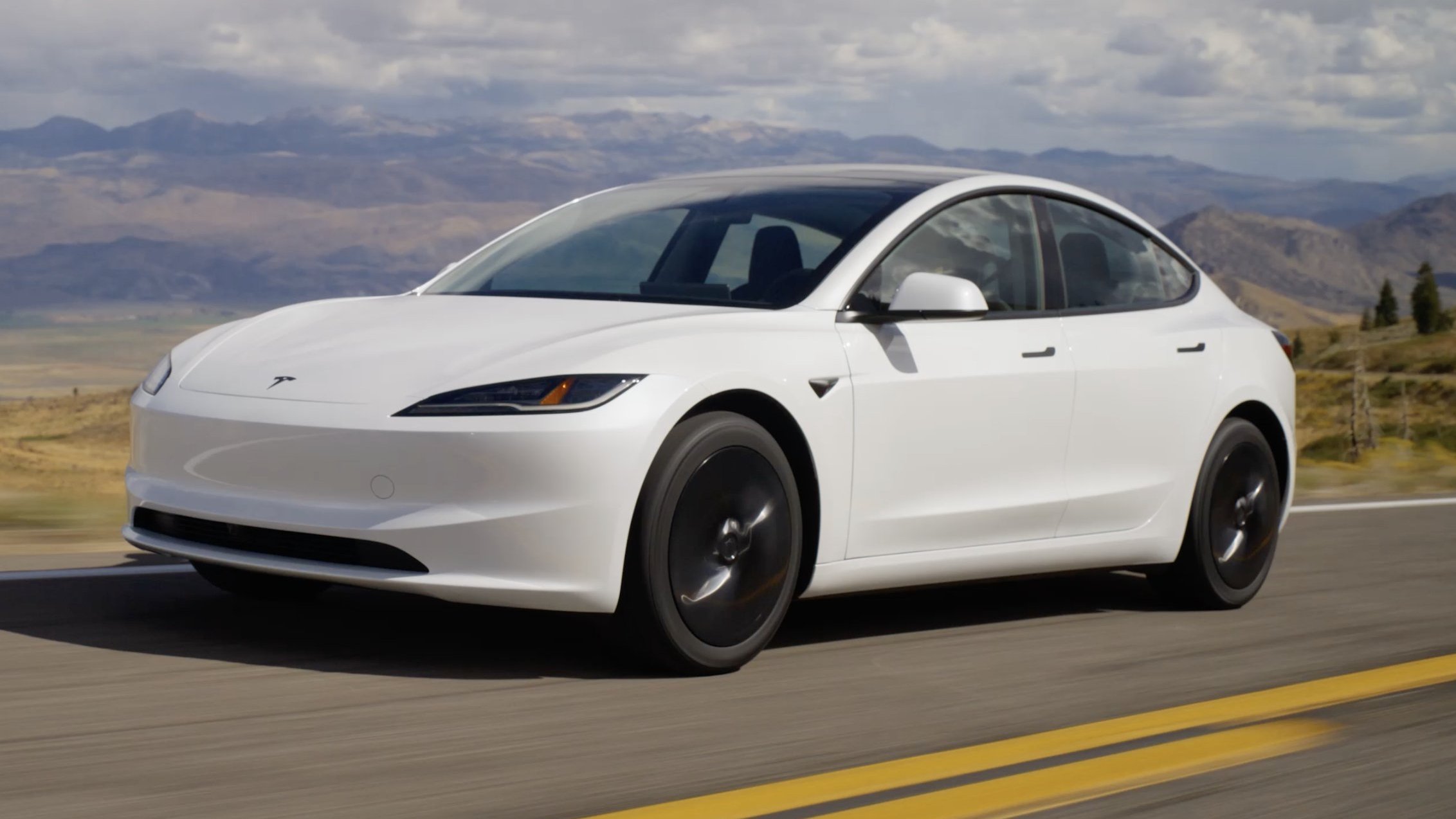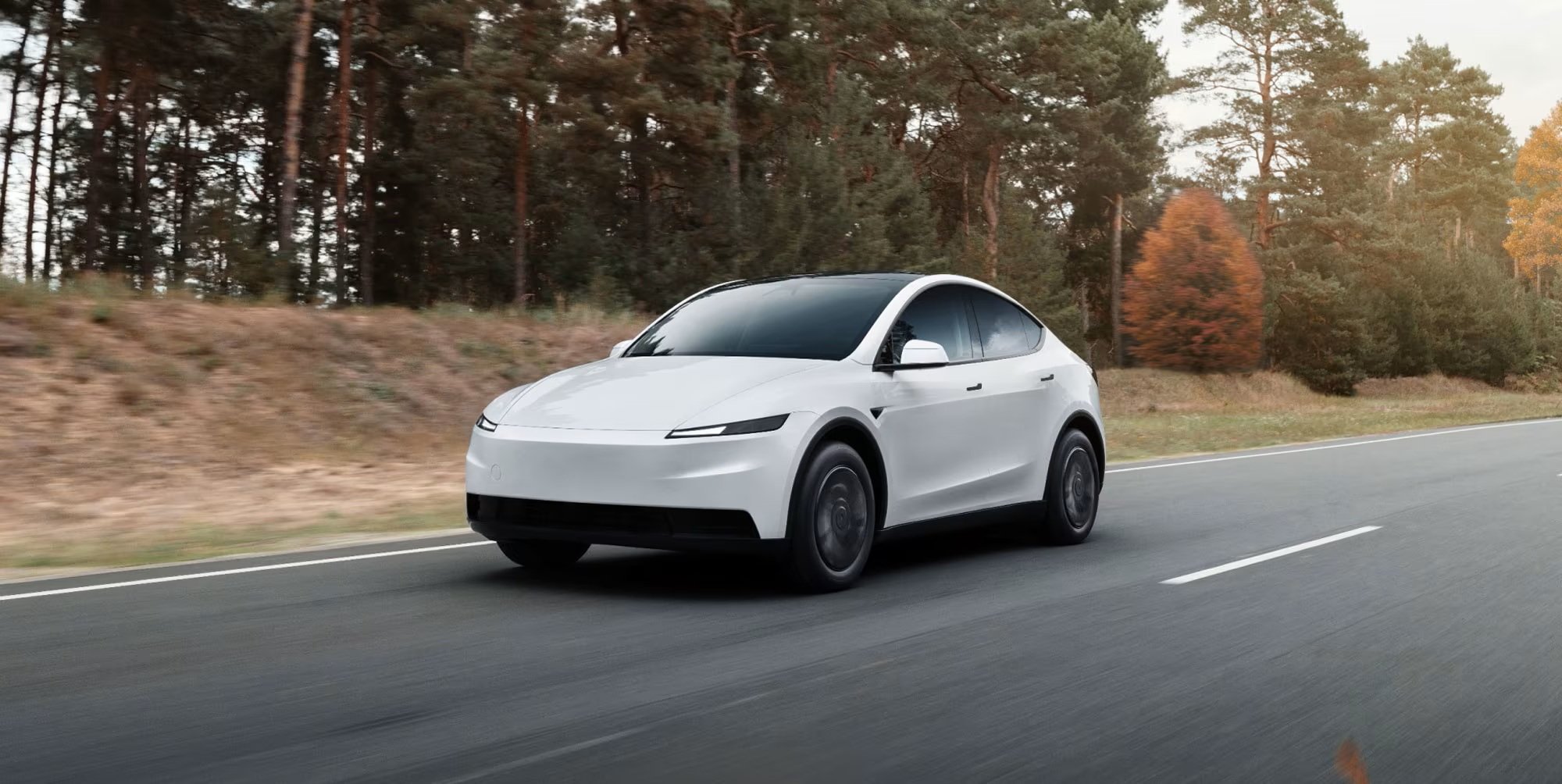The end of the year is coming, and with it comes the time to remember the best astronomical images of 2022! Our selection of this year’s best Cosmos photos brings together the most stunning images of galaxies, planets, comets and nebulae! Lets?
5. The Moon and the International Space Station
The beautiful image above was the winner of the human and space category of the 14th Astronomy Photographer competition held annually by the Royal Observatory in Greenwich, England. This recording by astrophotographer Andrew McCarthy shows the International Space Station (ISS) transit over the Apollo 11 lunar landing site on the Sea of Tranquility. This moment lasted only a few milliseconds and required precise positioning to catch the pass at the perfect moment. It reminds us that we live in a time when human beings are increasingly making their way into outer space!
4. Jupiter in a New Perspective

In December 2021, the James Webb Space Telescope (JWST) was launched into space in anticipation of a new window into the Cosmos. Since then, every ounce of that expectation has been consistently met and exceeded. The above image shows the familiar shape of a planet we all know, but with an entirely new perspective: the Solar System’s gas giant Jupiter is presented in a composite of images in JWST’s infrared filter; giant storms, high winds, auroras, and extreme temperature and pressure conditions in its atmosphere.
3. Comet Leonard
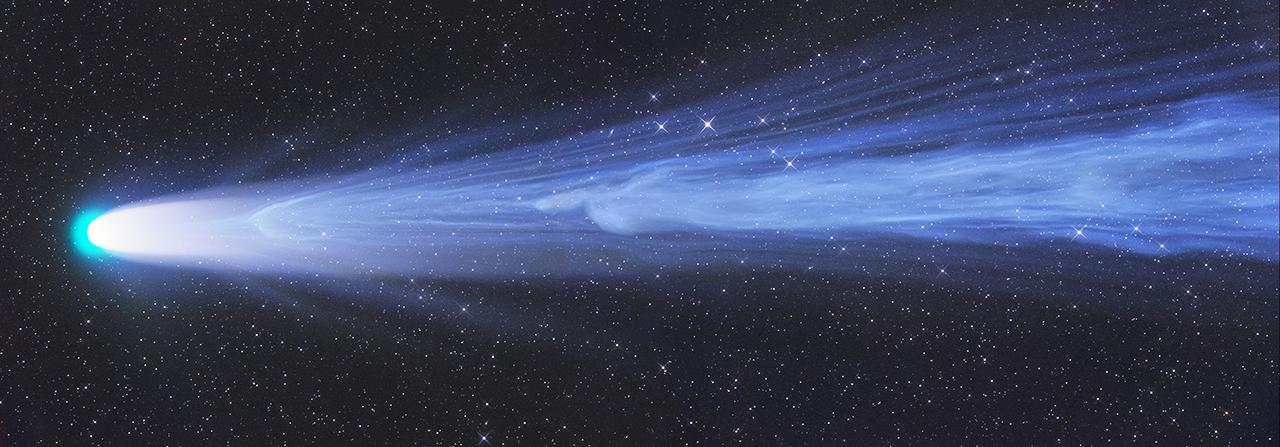
It’s the overall winner of this year’s Royal Greenwich Observatory’s annual astrophotography competition, showing gas expelled from the tail of Comet Leonard, the brightest in the heavens, last year. Discovered on January 3, 2021, Comet Leonard made its closest approach to Earth on December 12 last year and will never be seen again when it leaves the Solar System. A few days after its closest flyby, on December 25, a piece of the comet’s tail broke off and was swept away by the solar wind. It was precisely this dramatic event that was recorded by the winner of the competition, astrophotographer Gerald Rhemann.
2. James Webb’s Deep Field
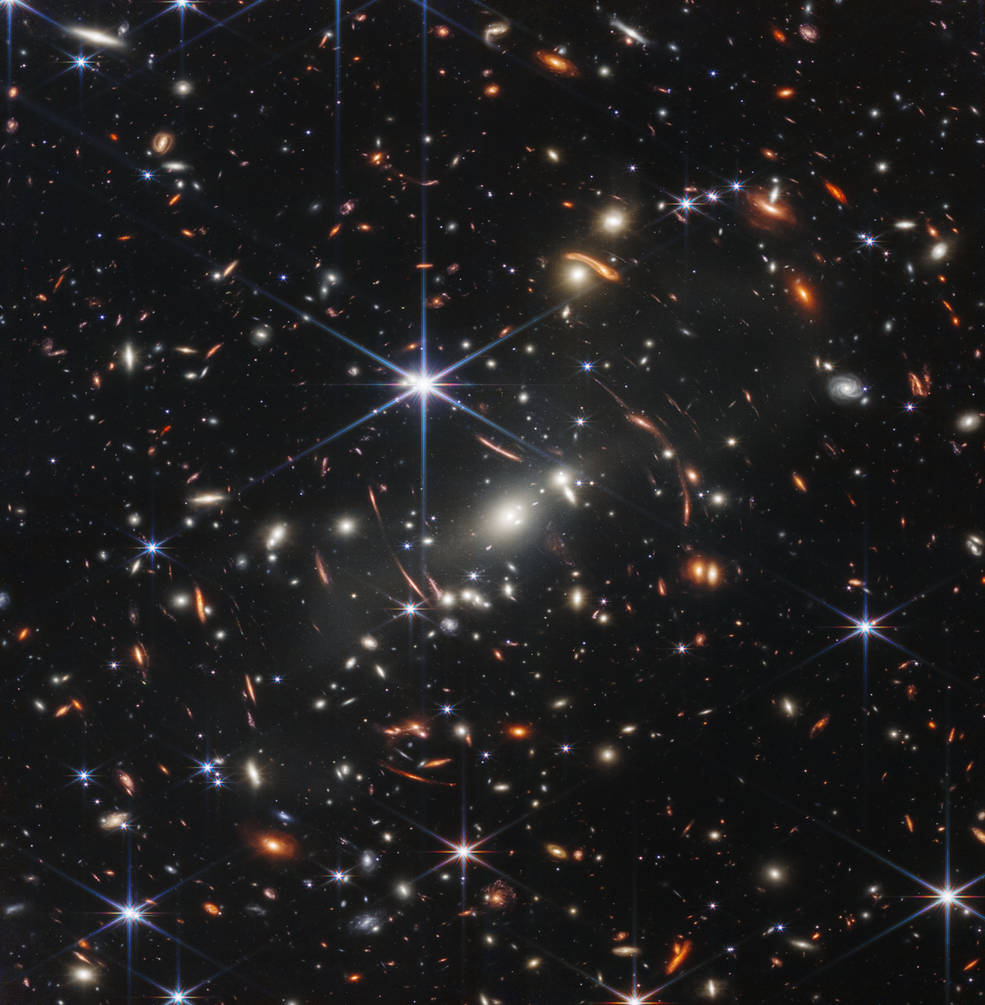
This image has two merits: it was one of the first scientific records released by the James Webb Telescope, and it is the deepest and sharpest infrared image of the distant Universe to date. Dubbed JWST’s first Deep Field, this stunning image shows the galaxy cluster SMACS 0723 in unprecedented detail. Thousands of galaxies, including the faintest ever observed, make up this scene that covers a piece of sky the size of a grain of sand!
1. Carina Nebula
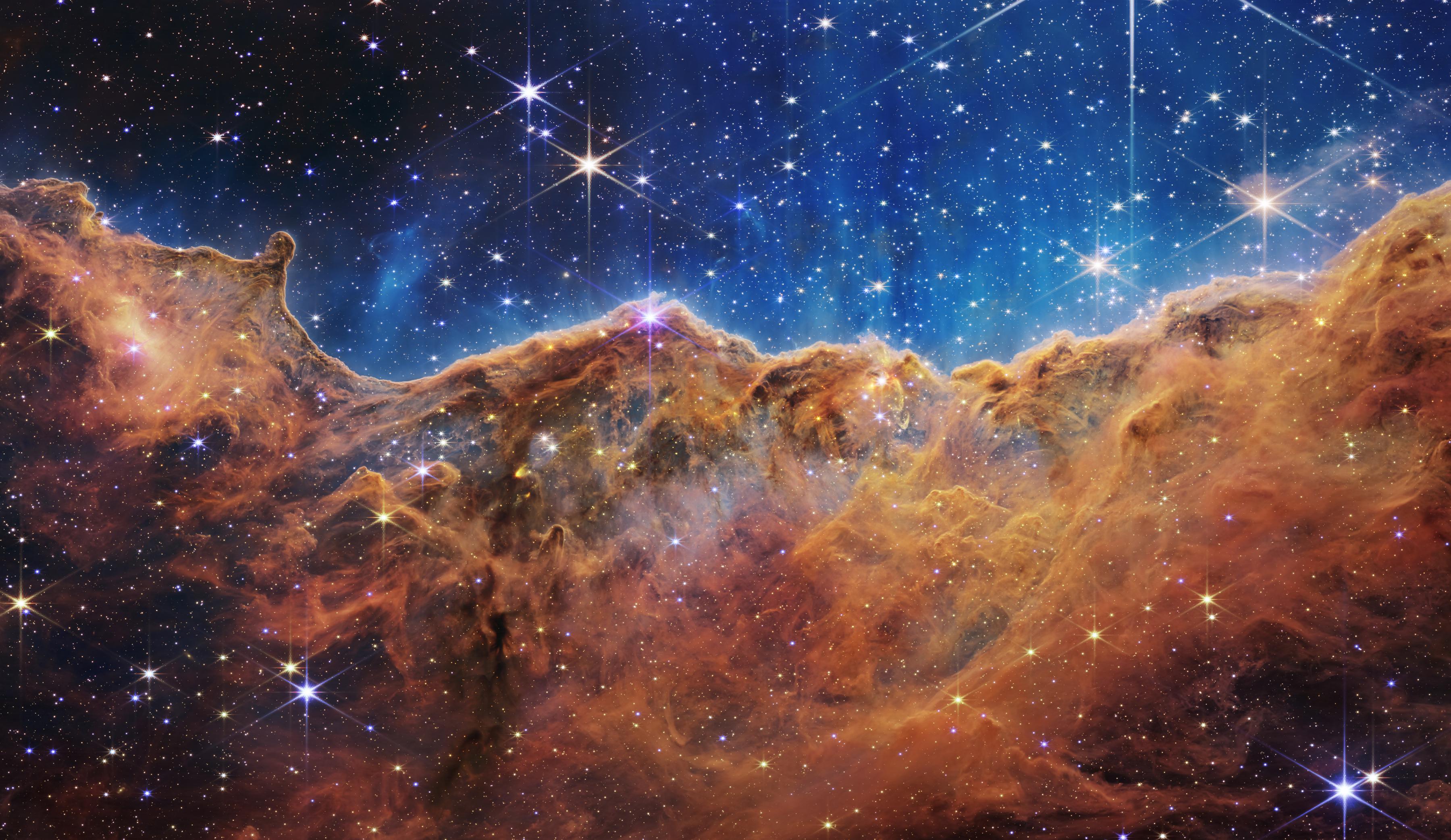
Perhaps no image from 2022 has captured the age of fantastic possibility and wonder as we entered the Carina Nebula. Officially cataloged as NGC 3324, this star-studded landscape of cosmic mountains and valleys is the edge of an even larger region of new star formation. Also taken with the power of James Webb’s infrared light, this image shows for the first time regions we haven’t seen before and shows the beautiful process of star birth. The highest “peaks” in the image, also called the Cosmic Cliffs, are about 7 light-years high and are carved by the powerful stellar winds from these extremely hot and massive young stars, along with the valleys.
Source: Tec Mundo
I am Bret Jackson, a professional journalist and author for Gadget Onus, where I specialize in writing about the gaming industry. With over 6 years of experience in my field, I have built up an extensive portfolio that ranges from reviews to interviews with top figures within the industry. My work has been featured on various news sites, providing readers with insightful analysis regarding the current state of gaming culture.

